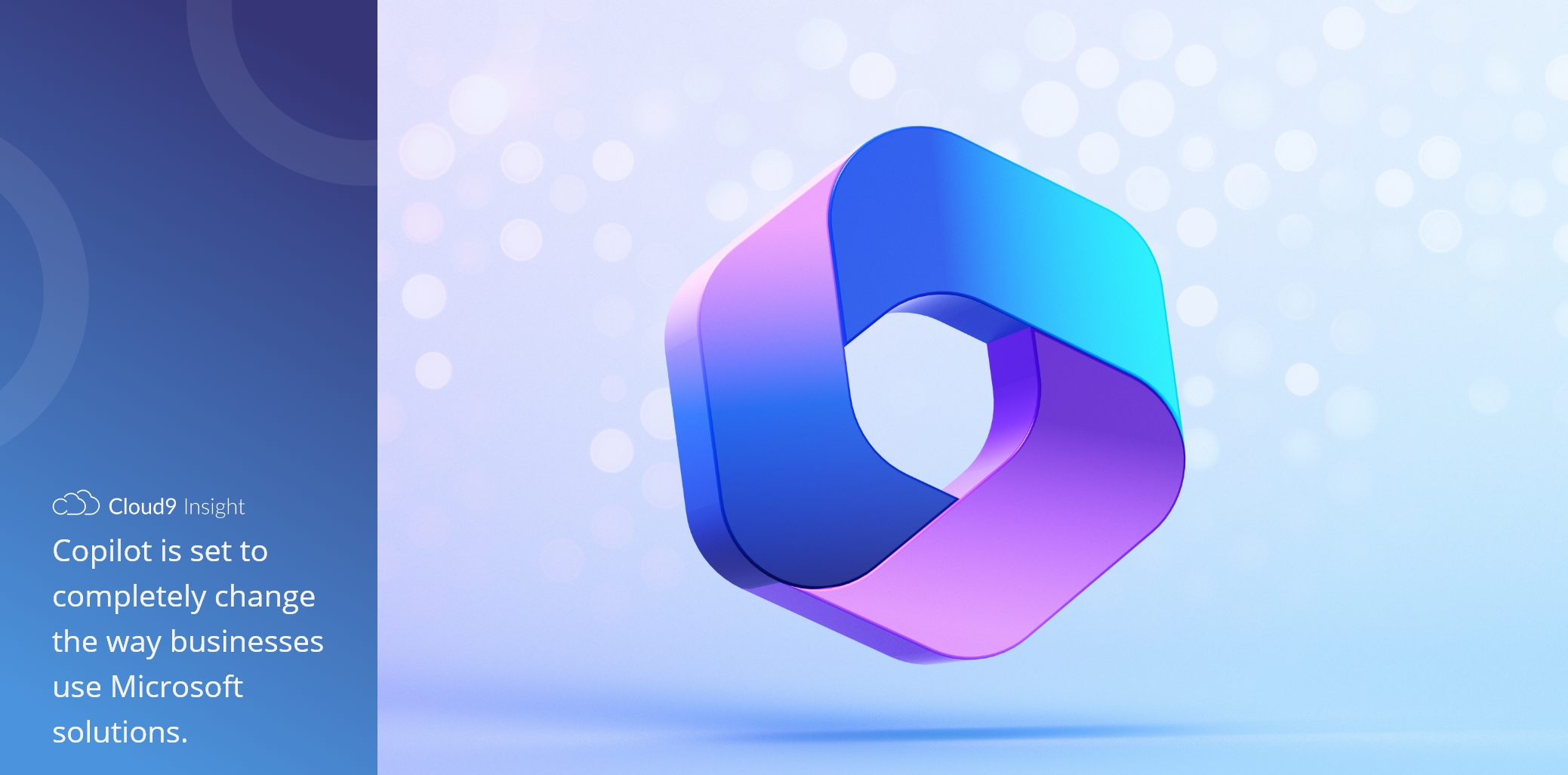7 Ways to Drive Productivity in Your Organisation7 min read
7 Ways to Drive Productivity in your Organisation
Why is everybody talking about productivity? We all like to think we’re productivity champions, but especially since the pandemic, many teams are still moving in slow motion.
“The best companies are more than 40% more productive than the rest. This difference in productivity results in significantly higher profits — operating margins 30%–50% higher than industry peers — and faster growth.” – Michael Mankins, Global Leader of Organisation Design, Bain.
In this article, we’re going to recommend some tips from our team to help drive productivity in your organisation. These tips aren’t “hacks”, and they certainly aren’t self-help apps that miraculously get your team to peak productivity. They’re quick but effective changes, from our team at Cloud9 Insight, as well as our network of clients and partners.
These simple changes help your team to stop feeling overwhelmed, prioritise the important tasks, and develop processes that support them and your customers in the long run. These simple changes help your team to stop feeling overwhelmed, prioritise the important tasks, and develop processes that support them and your customers in the long run.
Before we talk about how to improve productivity though, we need to talk about what it means to be productive. Although they are used interchangeably, productivity is not efficiency. Efficiency is about reducing the amount of processes your employees have to go through to achieve their goals. Productivity is about accomplishing more in the same amount of time. It seems pedantic, but it’s a distinction that makes our goal of productivity a lot clearer. Don’t worry though, we’ll have plenty of efficiency tips for you another time.

1. What can your business automate?
The rise of sales and marketing automation has already started to free up valuable time. In total, a McKinsey study showed that more than 30% of sales-related activity can be automated.
Examples of tasks that can be automated include the creation of proposals and quotes and nurturing leads through automated marketing campaigns.
The challenge comes when it is time for decision-makers to sit down and choose which tasks can be automated and which need human oversight. When deploying automation, it’s important to recognise if the task you are automating adds value for the business and your customers, or is better off being removed entirely. Ensure that you have lifted the process you are automating to the highest quality it can be before you execute your automation strategy.
It is worth thinking about which processes your customers would prefer to handle themselves. According to a Gartner Study, 70% of customers feel more satisfied when they can resolve an issue themselves.
2. Where could Generative AI add value to your business?
“Business leaders shouldn’t sit on the sidelines and wait to see how the use of generative AI develops. They can’t afford to let competitors steal a march on them.” – Andrew McAfee, Co-Founder, Workhelix.
When looking at implementing generative AI, your strategy should be to look at each role in your business and decide not whether they should be replaced by AI, but whether would they benefit from a knowledgeable, and intelligent, assistant.
Generative AI, like Microsoft Copilot, can revolutionise the way you work. Copilot is Microsoft’s generative AI assistant that has now rolled out across Windows 11, the Microsoft Office suite and Microsoft’s Business Applications, like Dynamics 365. Copilot is the perfect example of a generative AI assistant that intelligently understands the context where it can generate the most productive value.
To get the most productive output out of generative AI, categorise each role’s tasks into mundane ones and ones that require ‘deep thought’. Once you have established this, experiment with generative AI to supplement the way your employees work each day. Those mundane tasks might be completed entirely by generative AI, while the more complex ones can be supplemented by your new assistant.

3. Can you improve productivity with regular mentoring?
Stagnation leads to unhappiness, and getting too ingrained in processes that aren’t right for your business is a recipe for unproductivity. Whether you’re training up a recruit or improving the performance of longstanding employees, providing opportunities for learning and development is proven to support growth and create more productive workforces.
Research has shown that top-performing sales employees had more regular interactions with their managers. Whether it’s a daily standup, a weekly one-to-one, or a team huddle. Knowledge and visibility of their colleague’s processes and techniques help to create a positive, forward-thinking, and productive environment.
4. Can a flexible culture be a more productive one?
Whether it’s the 4-day week, the 9-day fortnight or just working from home. Flexible working is here to stay, and the best businesses have already embraced it. While the pandemic wasn’t full of positive outcomes, it did demonstrate that many people work better from home, with the ability to focus away from distractions.
Productivity and flexibility go hand in hand, but it requires some changes in thinking. First, when you’re planning out projects or workflows, ensure that your timeline accounts for flexibility, and mark in advance when employees need to be on-site together, or at least available to collaborate.
This process improves the visibility of how tasks are progressing. You need a 360-degree view of projects, allowing you visibility, and the ability to identify when remote employees might need a helping hand. Utilising CRM software like Microsoft Dynamics 365 could be a great approach here. Following this formula creates a more supportive environment and one that in our experience drives employee advocacy.

5. Is it time to take a step back, refocus and retarget?
When faced with a productivity problem, it’s very easy to turn around and start hiring. But running a leaner team can offer a lot of benefits. The most effective changes are about changing processes, not people.
What was our definition of productivity at the start of this report? “Productivity is about accomplishing more in the same amount of time”, this also applies to the resources at your disposal.
For example, suppose you’re spending too much time on marketing emails without enough return. In that case, it’s probably not time to hire a new marketer, but instead to review your customer segments, review the content you send out, and better personalise your process. If you’re feeling stuck, why not check in with that new assistant we mentioned earlier?
The most productive businesses are ones that can make deliberate changes to their processes, assess their impact, and repeat them across the organisation.
6. Can you rediscover asynchronous communication?
Ever been in one of those meetings where you’re waiting for two and a half hours to offer five minutes of productive input? At Cloud9 Insight we don’t think this is the most productive approach. This is why we recommend taking a more asynchronous approach to communication. The experts agree:
“This lack of ownership, and tendency to outsource accountability by way of multi-person, multi-hours-long meetings and reply-all email trails leaves company productivity stagnant and employee morale low.” – Steve Glaveski, Host of Future Squared and Metavise podcasts.
In reality, asynchronous communication can be used for most tasks. If time is allocated to reply to messages and action tasks, taking an attitude of ‘I’ll get to it when I get to it’ is usually a more productive approach. Try and adopt a company policy where employees have uninterrupted time to accomplish those ‘deep thought’ tasks. Your team, and eventually your bottom line, will thank you for it.
7. What is the best way to eliminate low-value tasks?
If tasks are sitting in your tray that have been there for weeks or months without being actioned, are they needed at all?
It’s worth taking a ruthless approach when it comes to making decisions about tasks. Ask yourself whether each task is aligned with your goals, your values, and your strengths. If not, eliminate it, or at least hand it over to your shiny new AI assistant.
You can improve productivity by looking at your to-do list, making time for those ‘deep thought’ tasks, allocating smaller ones to AI, and bundling the rest into similar jobs you can do in quick succession.
Taking this approach helps you stop making those annoying mistakes when you’re overwhelmed with tasks. Ever been so busy that you sent an email to the wrong person? Not when following Cloud9 Insight’s productivity techniques.

Productivity is about creating value for your customers, your colleagues, and yourself. As the author and productivity expert David Allen said, “You can do anything, but not everything.” Therefore, focus on the tasks that matter most, and delegate, automate, or eliminate the rest.
Enjoy this blog? Click the link below for a downloadable copy. Or if you have any questions, please feel free to get in touch with the Cloud9 Insight team.
Join Our Mailing List
Get the latest Dynamics 365 news, blog updates, webinars events and invitations.
